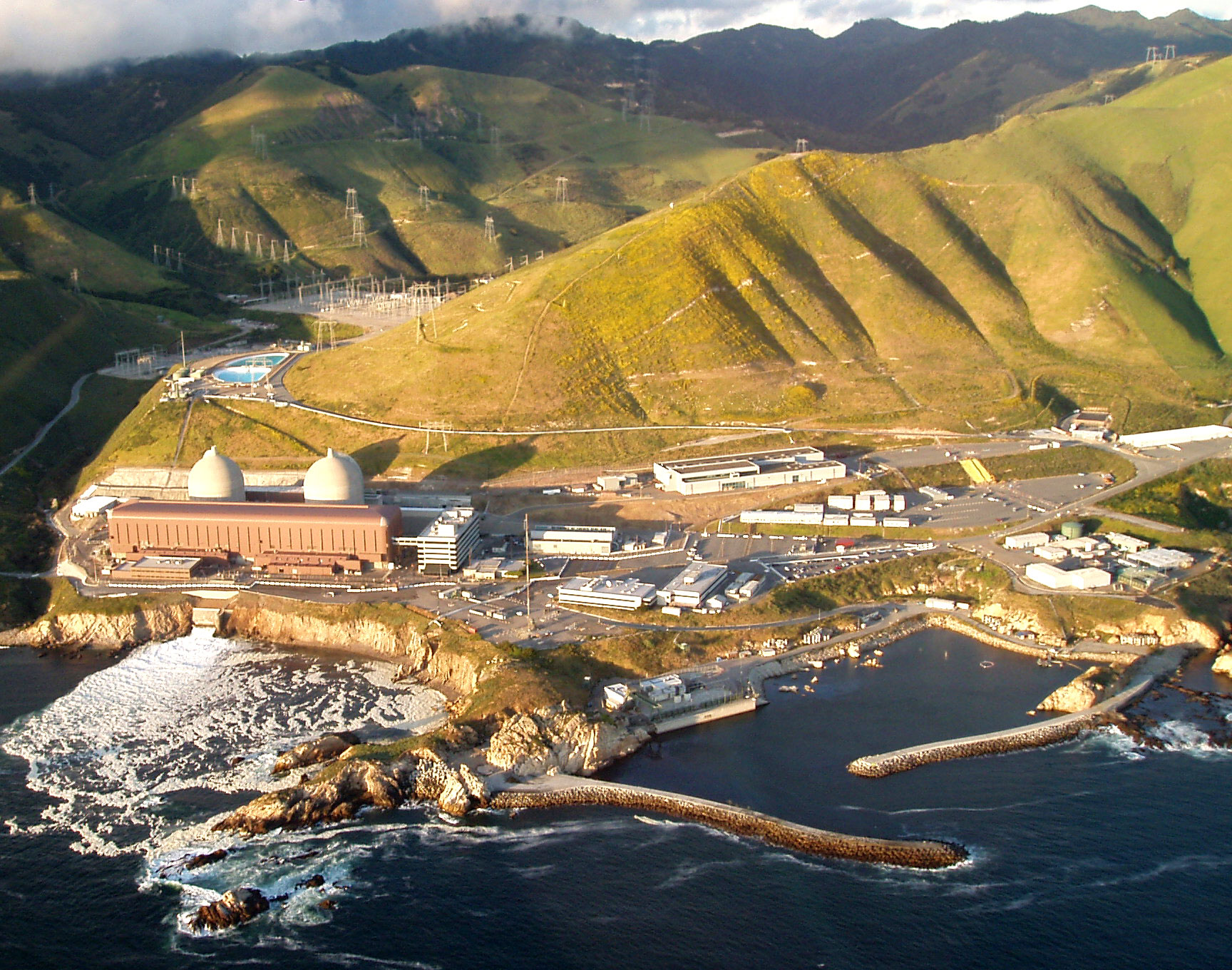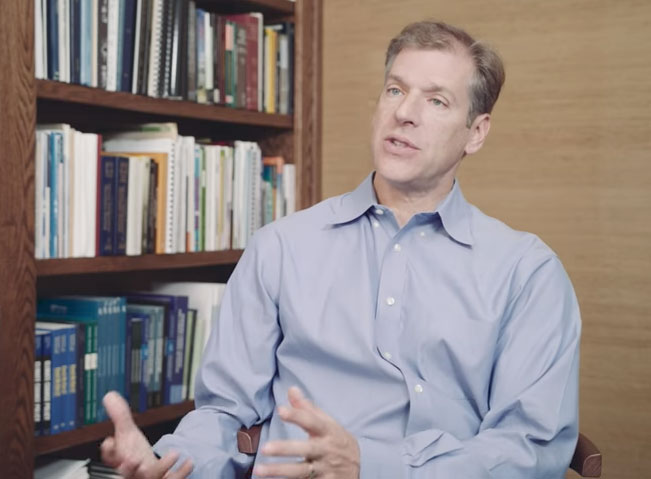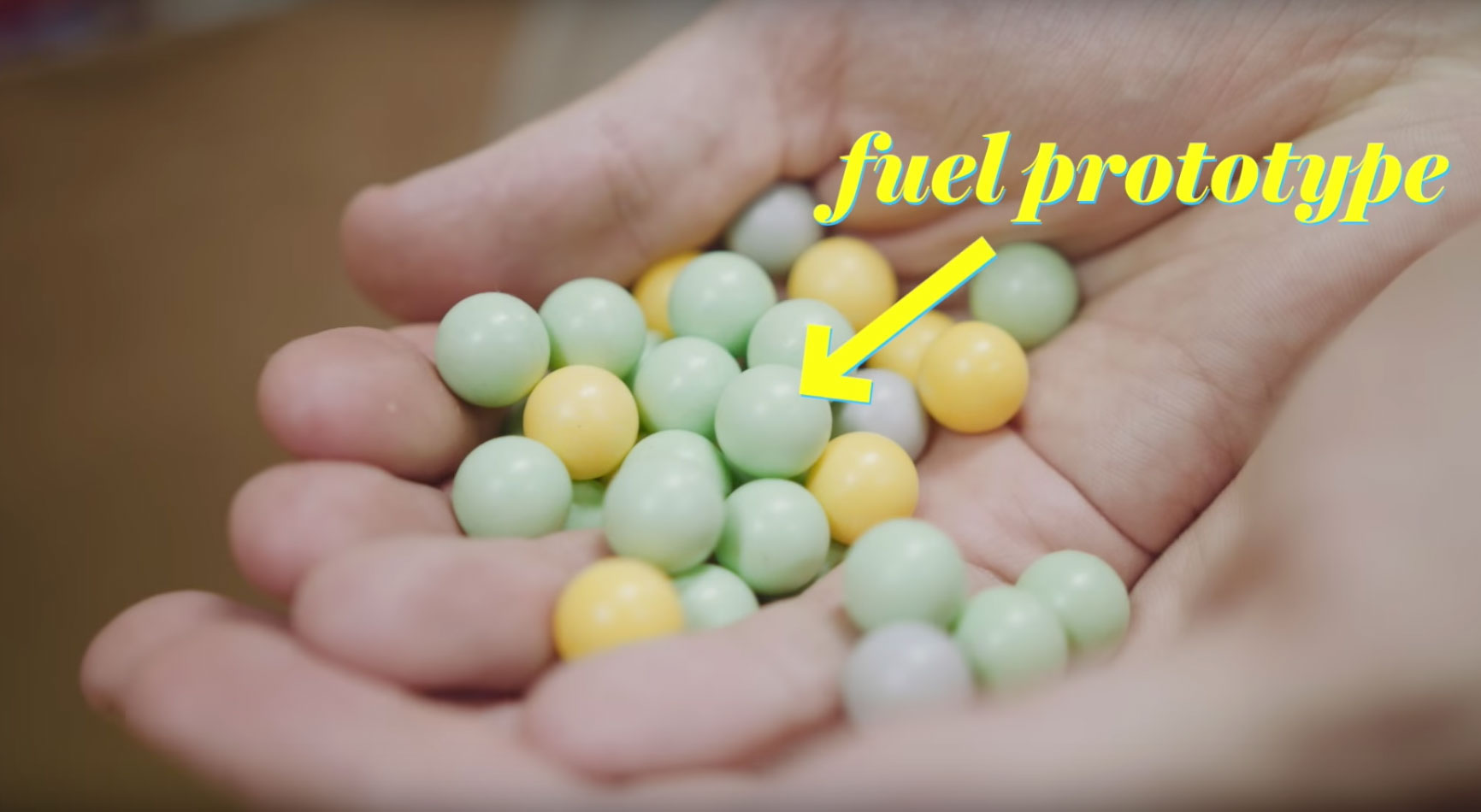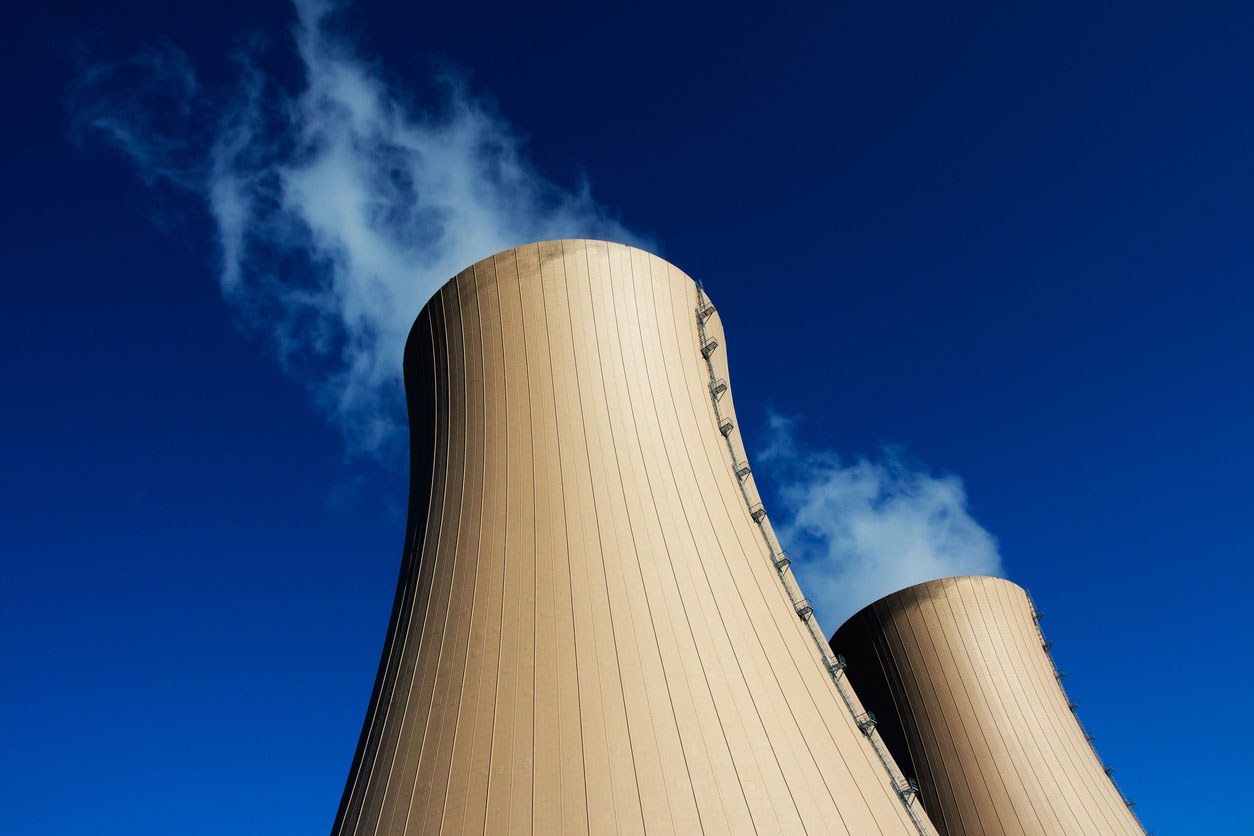“At the climate conference, nuclear was not really part of the conversation,” said Dan Kammen, a professor in the Energy and Resources Group at the Goldman School of Public Policy at UC Berkeley and science envoy for the U.S. State Department. “Given that the cost of solar and wind is dropping like a rock, nuclear just doesn't compete.”
Kammen isn’t opposed to nuclear power — he’s a professor of nuclear engineering and is bullish on the potential of some of the emerging technology. But when it comes to fighting climate change, his answer is simple: We don’t need nuclear power.
“We have Germany shutting down nuclear, and California shutting down nuclear. The two largest, most green economies in the world have done it without nuclear power — and that should tell you something,” said Kammen.
A jolt of reality
Next-generation nuclear energy technologies promise safer reactors that operate under lower pressure, can’t melt down and use fuel more efficiently to reduce waste. Even if these new reactors were fully market-ready, regulatory hurdles were overcome and the public was ready to embrace nuclear again, there are still two huge obstacles: time and money.
There are currently just over 400 operational nuclear power plants around the world, and the majority of these are aging and require significant investment to repair or take offline. In order to decarbonize the electric grid using nuclear power, we don’t just have to build new power plants — we have to get rid of the old ones, too.
“Are we anywhere near a path to simply replace the nuclear fleet we have today? The answer to that is no,” said Kammen.

Diablo Canyon Power Plant, California’s last nuclear power plant, scheduled to close by 2025.
In many cases, operators have decided not to renew older plants because the price tag is prohibitive.
“California, for example, at one time in the 1960s, was planning on having a nuclear plant every 20 miles along our 600-mile coast line. Today we're down to one nuclear plant and the operators of that plant, Pacific Gas and Electric, decided after a review of its engineering to close it early.”
New nuclear power plants are massively expensive to build and several recent projects have experienced huge cost overruns. Even if money were no object, the time it takes to construct a new nuclear plant makes it a much riskier proposition than investing in renewables.
“You don’t build a nuclear plant every few months and have them compete in the market and see which design is better. A nuclear plant being installed today was designed a decade or more ago,” explained Kammen. “Solar and wind have a huge advantage in an energy market which is just simply not that certain going forward what's going to be the winning combination.”
If power utilities still anticipated return on their investment, there would be more focus on building new nuclear plants in the U.S., but in the face of cheap renewable energy options, the math isn’t working out.
“We're seeing solar plants installed for under three cents a kilowatt hour, while the comparative price for nuclear in the best situation is well over ten cents a kilowatt hour — more than three times as expensive as a no-risk alternative. That's a hard equation to overcome,” said Kammen.
All about that base load

Dan Kammen, explaining the state of nuclear technology in episode five of "Climate Lab."
One common argument in favor of nuclear energy is that it provides a stable, predictable base load to the power grid. The challenge with wind and solar power is that they fluctuate with the weather and time of day, overproducing electricity at times and coming up short at other times.
“I’m optimistic. I think we can get 50 or 60 percent renewables — maybe even higher — by midcentury,” said former Secretary of Energy Steven Chu in a 2016 nuclear energy debate with Kammen. “How do you get that last 20 or 30 percent?”
To Chu, turning to nuclear energy is a much better solution than making up the difference with coal or natural gas. When Germany turned away from nuclear power following the Fukushima disaster, environmentalists were concerned that coal would replace nuclear on the grid — in reality, both coal and nuclear power have dropped to record lows in Germany.
“The idea of baseload energy is very much a 1960s idea,” said Kammen. “Accessing the power we need from all these various sources sounded difficult three decades ago. It's why we liked the idea of big baseload power plants, be they nuclear, coal or hydropower — but it's not needed today.”
Grid operators have become more accustomed to dealing with mixed power sources, helped by new smart grid and energy storage technologies entering the market.
“We're already looking at a dynamic mix where the amount of solar power goes up and down, amount of wind goes up and down, the power that goes in and out of storage — whether it’s a chemical battery or a mechanical flywheel, or pumping water uphill into a dam — all of these things are dynamic, and in a technological digital world are relatively easy to manage,” said Kammen.
The future is fissile

New pebble-bed reactors use a ceramic encased fuel pellet that prevents meltdowns.
If nuclear power can’t be relied upon to help us reduce carbon emissions in the short term, what does that mean for the future of the technology?
Kammen sees promise in small, modular reactors that can be applied at different scales.
“The whole nuclear power plant comes on the back of a flatbed truck or arrives on a barge, gets parked, plugged in — and when the fuel is used up, it simply gets taken away as a unit to be reprocessed,” said Kammen.
Nuclear energy could still play an important role in a decarbonized future, but it may not be the weapon of choice in the war against climate change that needs to be waged today.
“I can see nuclear playing a significant role 2040, 2050, 2060 — and that's fine,” said Kammen. “I will certainly take it. It's a good part of the mix. But it's not going to be the leading edge of the sword.”
Watch Dan Kammen and other UC experts weigh in on the future of nuclear power below.
